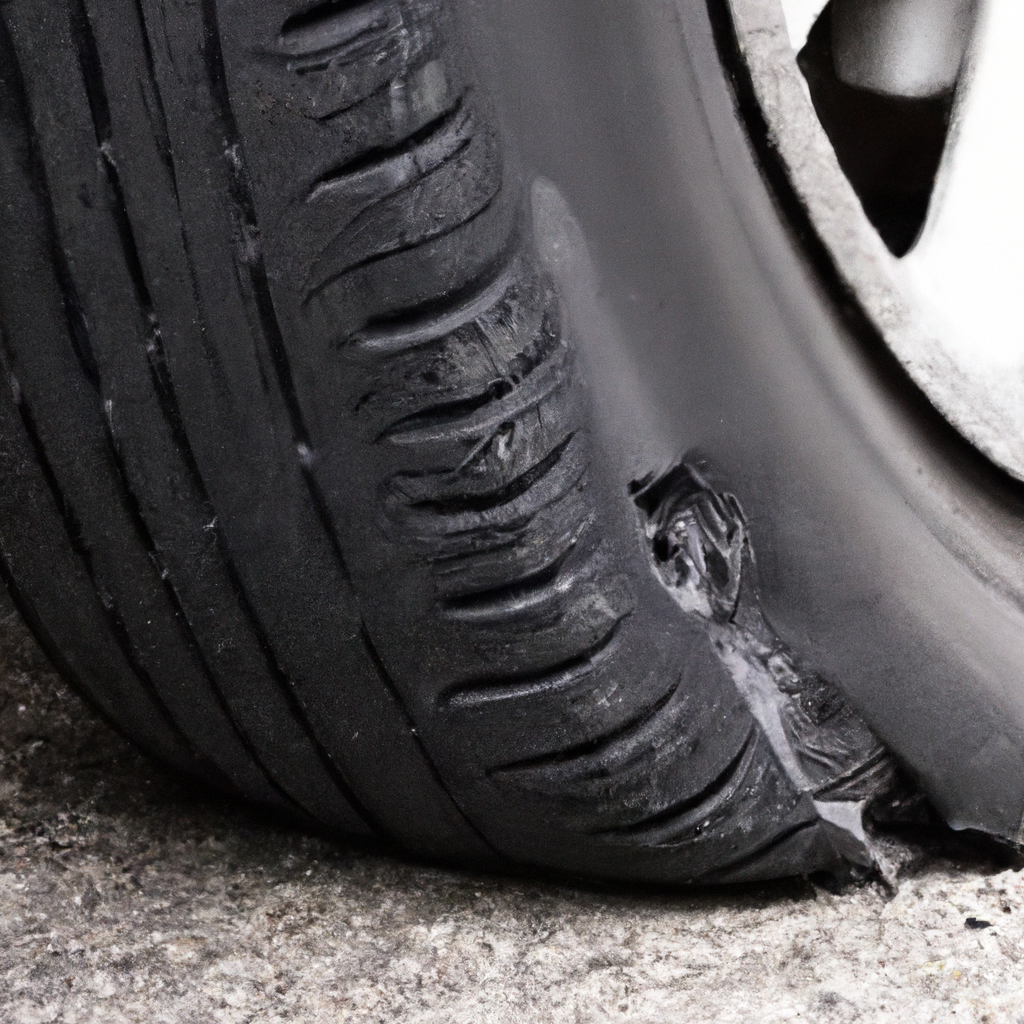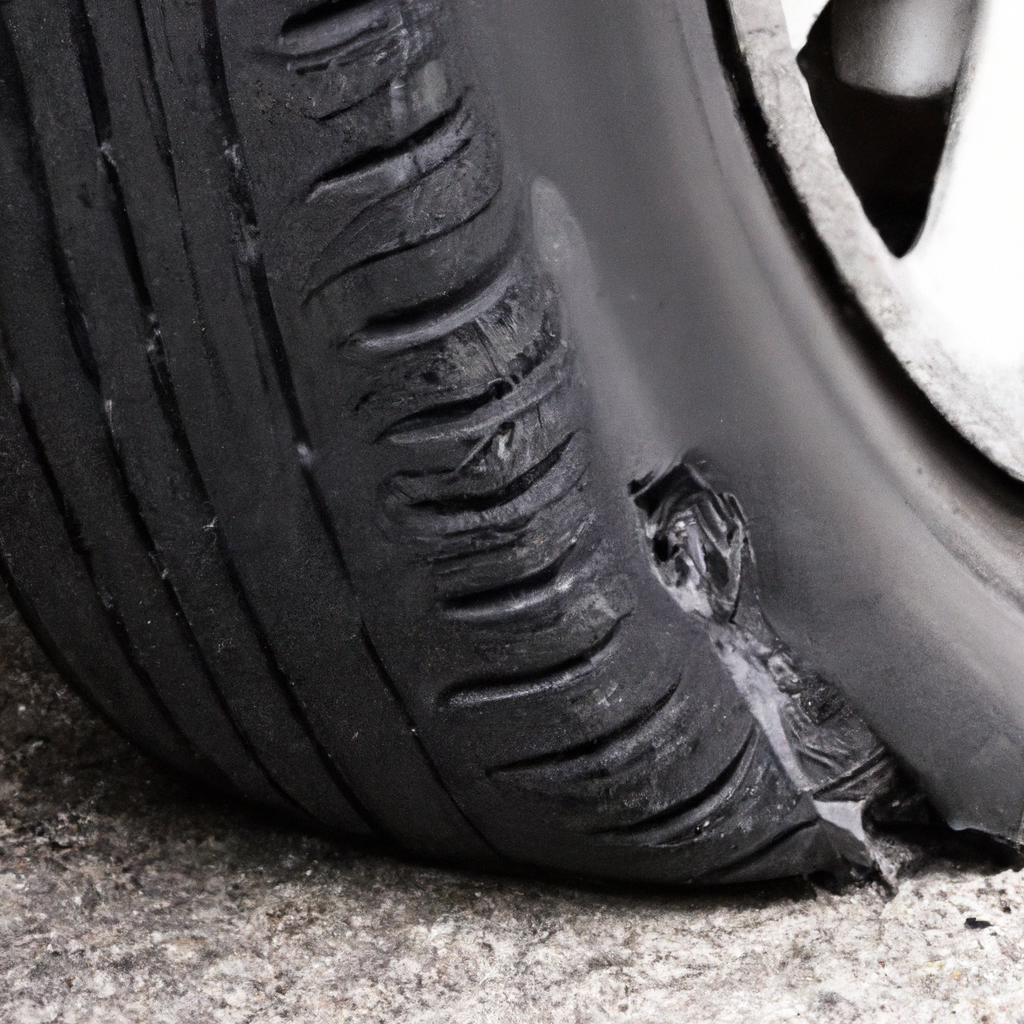Imagine you’re cruising down the highway, enjoying the open road, when suddenly you feel a slight tremor beneath your feet. Your heart sinks as you realize you have a flat tire. We’ve all been there, and it’s never a pleasant experience. But what if that flat tire happens to be a run-flat tire? Can it still be repaired after being driven on flat? In this article, we’ll explore this common dilemma and provide you with some insights to help you make the right decision. So, buckle up and let’s dive into the world of run-flat tire repairs!
The Importance of Run-Flat Tires
What are run-flat tires?
Run-flat tires are specially designed tires that are able to drive for a certain distance even when they have lost air pressure due to a puncture or other damage. They are equipped with reinforced sidewalls that support the weight of the vehicle and allow for continued driving even with a flat tire. Run-flat tires are becoming increasingly popular in the automotive industry due to their ability to provide added safety and convenience.
Advantages of run-flat tires
The primary advantage of run-flat tires is their ability to maintain mobility even after a tire has gone flat. This means that in the event of a sudden loss of air pressure, you can continue driving safely to a nearby tire repair shop or a safer location without the need to change the tire on the spot. This reduces the risk of being stranded on the side of the road, especially in remote or unsafe areas.
Another advantage of run-flat tires is the space-saving aspect. Since run-flat tires eliminate the need for a spare tire, they free up valuable space in the trunk of your vehicle. This allows for increased storage capacity or the possibility of installing additional safety equipment or accessories.
Disadvantages of run-flat tires
While run-flat tires certainly have their advantages, they do come with a few drawbacks that should be considered. One of the main disadvantages is their higher cost compared to regular tires. Run-flat tires are typically more expensive to purchase and maintain, partly due to the specialized technology and materials used in their construction.
Additionally, run-flat tires usually provide a harsher and less comfortable ride compared to regular tires. The reinforced sidewalls that allow for continued driving on a flat tire can result in a stiffer and noisier ride. This can negatively impact overall comfort, especially on longer trips or rough road surfaces.
Understanding the Damage
Effects of driving on a flat run-flat tire
Driving on a flat run-flat tire can have serious consequences for both the tire itself and other components of your vehicle. When a tire is completely deflated, the sidewalls are forced to bear the weight of the vehicle, resulting in increased stress and potential damage. This can lead to internal and external tire damage, as well as compromised structural integrity.
Types of damage caused by driving on a flat tire
Driving on a flat run-flat tire can cause various types of damage, including:
-
Tread Separation: As the tire rolls on a flat surface, the heat generated by the friction can cause the rubber tread to separate from the carcass of the tire. This can result in a dangerous loss of traction and control.
-
Wheel Damage: The lack of air pressure in a flat tire can cause the wheel to come into direct contact with the road surface, leading to scrapes, dents, or other forms of damage to the rim. This can affect the overall balance and functionality of the wheel.
-
Sidewall Damage: The sidewalls of a run-flat tire are designed to provide additional support when the tire is flat. However, driving on a completely deflated tire can still cause stress and damage to the sidewalls, potentially compromising their integrity.
Is repair possible?
Whether a run-flat tire can be repaired after being driven on flat depends on the severity of the damage and other factors. In some cases, minor punctures or damage can be repaired safely, while in other cases, the damage may be too extensive, making repair impractical or unsafe.
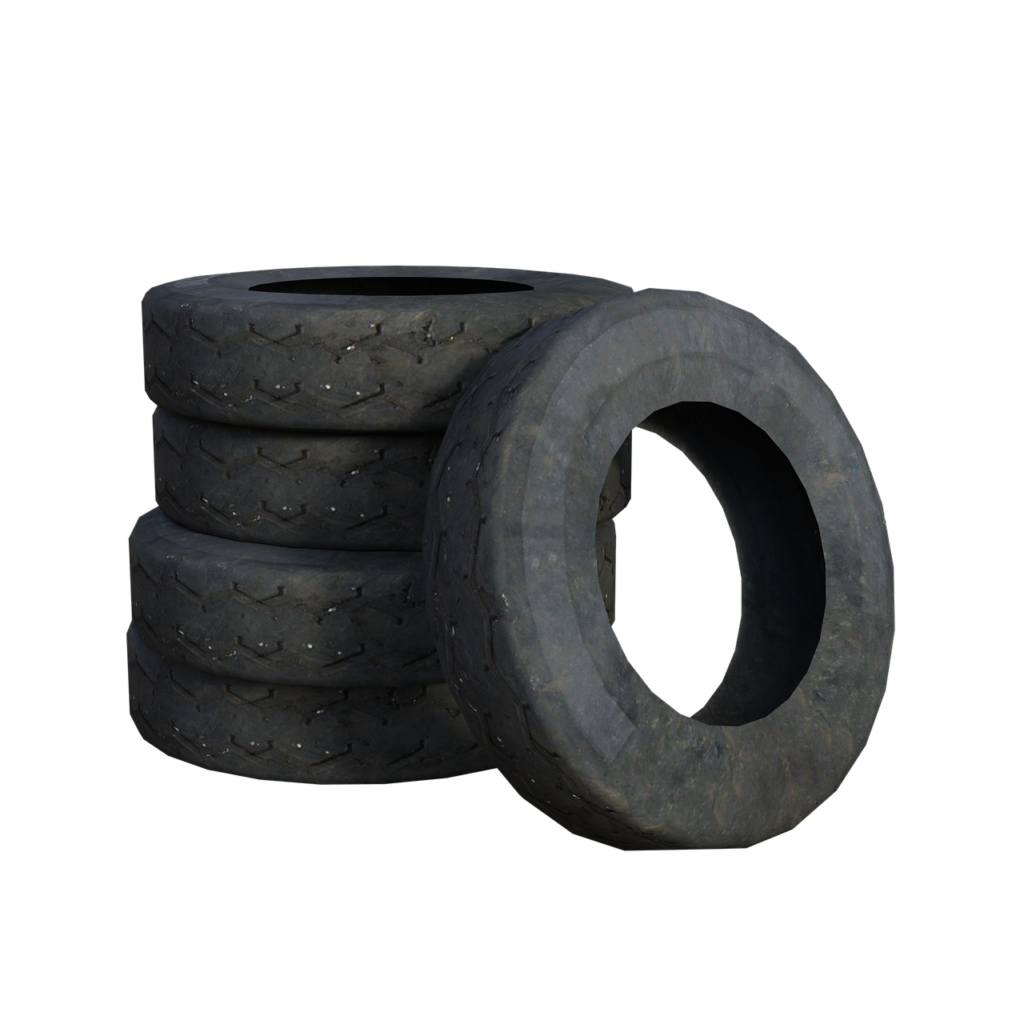
Evaluation and Inspection
Seeking professional assistance
When dealing with a flat run-flat tire, it is always recommended to seek professional assistance from a tire repair specialist. They have the knowledge and experience necessary to properly evaluate the tire and determine the best course of action. Attempting to repair the tire on your own without the proper equipment or expertise can be risky and may lead to further damage.
Visual inspection process
During the evaluation process, a tire repair specialist will perform a visual inspection to assess the extent of the damage. They will carefully examine the tread, sidewalls, and overall condition of the tire to determine if repair is possible. This inspection is crucial in identifying any potential issues that may affect the safety and performance of the tire.
Determining repair viability
Based on the visual inspection and the specific guidelines provided by the tire manufacturer, the repair specialist will determine whether or not the run-flat tire can be safely repaired. Factors such as the extent of the damage, tire construction, and the age and wear of the tire will be taken into consideration to make an informed decision.
Factors Affecting Repair
Extent of tire damage
The extent of the tire damage is a critical factor in determining whether it can be repaired. Minor punctures or small cuts may be eligible for repair, especially if they are located in the tread area. However, if the damage is extensive, such as sidewall damage or tread separation, repair may not be recommended due to safety concerns.
Tire construction and material
The construction and materials used in the manufacturing of run-flat tires can also affect repair viability. Some run-flat tires are made with special materials and technologies that may make them more prone to internal damage and harder to repair. It is important to consult the manufacturer’s guidelines and seek professional advice regarding repair options for specific tire models.
Manufacturer’s guidelines
To ensure safe and reliable repairs, it is crucial to follow the guidelines provided by the tire manufacturer. These guidelines often include specific limitations and recommendations regarding repair procedures. Consulting the manufacturer’s guidelines and working with a certified tire repair specialist will help ensure that the repair process adheres to industry standards and maintains the highest level of safety.
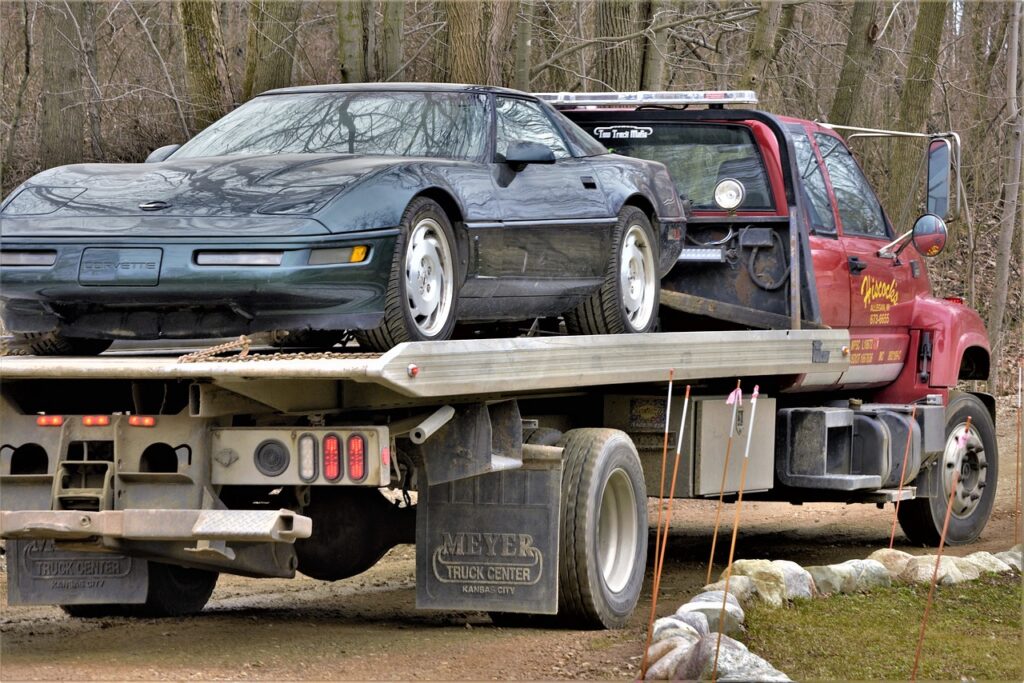
Repair Procedures
Patching the tire
Patching a run-flat tire involves repairing small punctures or cuts in the tread area. The damaged area is cleaned and prepared, and a specialized patch is applied to seal the puncture. This method can be effective in restoring the tire’s integrity and preventing further damage.
Plugging the tire
Plugging is another commonly used repair method for minor punctures in the tread area. A plug, typically made of rubber or similar material, is inserted into the puncture to seal it. This method is relatively quick and cost-effective, but it may not provide the same level of durability and reliability as patching.
Sectional or partial repair
In cases where the damage is limited to a specific section of the tire, such as the sidewall, a sectional or partial repair may be possible. This involves cutting out the damaged section and replacing it with a patch or a compatible piece of rubber. It is important to note that not all sectional repairs are recommended or authorized by tire manufacturers, so professional advice should be sought.
Internal repair
Internal repairs are more complex and involve removing the tire from the wheel to access the interior. This method is typically used for more severe damage, such as sidewall or internal belt damage. Internal repairs may require the use of special adhesives and reinforcements to restore the tire’s structural integrity.
Limitations and Risks
Age and wear of the tire
The age and overall wear of the run-flat tire can significantly impact the viability of repairs. As tires age, the rubber compounds can deteriorate, making them more prone to damage and less suitable for repair. Additionally, the wear and tear on the tire may affect its ability to withstand repair procedures, compromising its durability and safety.
Compromised structural integrity
When a run-flat tire has been driven on flat, there is a risk of compromised structural integrity. The additional stress placed on the tire and sidewalls can weaken the overall structure, making it more susceptible to failure. Repairing a tire with compromised structural integrity may not be safe and could lead to further issues down the road.
Safety concerns
Repairing a run-flat tire always involves some level of risk. While professional repair techniques and guidelines are designed to ensure safety, there is still a chance of unforeseen issues or complications arising during the repair process. Safety should always be the top priority, and if there are any doubts or concerns regarding the repair viability, it is best to err on the side of caution and replace the tire instead.

Safely Driving on a Repaired Tire
Proper inflation and maintenance
After a run-flat tire has been repaired, it is essential to maintain proper inflation and regularly check the tire’s pressure. Adequate tire pressure is crucial for optimal performance and safety. Neglecting to maintain proper inflation levels can increase the risk of tire failure and compromise the effectiveness of the repair.
Monitoring tire performance
Once a repaired tire is back on the road, it is important to monitor its performance closely. Pay attention to any changes in handling, noise, or vibrations that may indicate potential issues. If any abnormalities are noticed, it is recommended to have the tire inspected again by a professional to ensure that the repair was successful and that the tire is safe to continue driving on.
Being prepared for emergencies
Even with a properly repaired run-flat tire, unexpected emergencies can still occur. It is essential to be prepared and have a contingency plan in place. Carry essential emergency equipment such as a spare tire, tire repair kit, and a tire pressure gauge. Additionally, having access to roadside assistance services can provide added peace of mind in case of any tire-related emergencies.
Professional Tire Repair vs. DIY
Certified tire repair shops
When it comes to repairing run-flat tires, it is strongly recommended to rely on the expertise of certified tire repair shops. These professionals have the knowledge, experience, and specialized equipment necessary to ensure a safe and effective repair. Certified repair shops adhere to industry standards and guidelines, providing a higher level of assurance in the quality of work performed.
Specialized repair equipment
Repairing run-flat tires often requires specialized equipment that may not be readily available to the average driver. Professional repair shops are equipped with advanced tools and technology designed specifically for run-flat tire repair. Attempting to repair a run-flat tire without the proper equipment can lead to subpar results and compromise the safety of the tire.
Risk of improper repair
Improperly repaired run-flat tires can pose a significant risk to both the driver and other road users. If a repair is not done correctly or if the damage is beyond repair, the tire may fail unexpectedly, leading to loss of control and potential accidents. To avoid these risks, it is crucial to entrust the repair process to professionals who have the necessary skills and knowledge.
Liability considerations
Another important aspect to consider when deciding between professional tire repair and DIY is liability. If a self-repaired tire fails and causes an accident, the responsibility and potential legal consequences may fall on the driver. Professional repair shops assume liability for the repairs they perform, providing an added layer of protection and peace of mind.
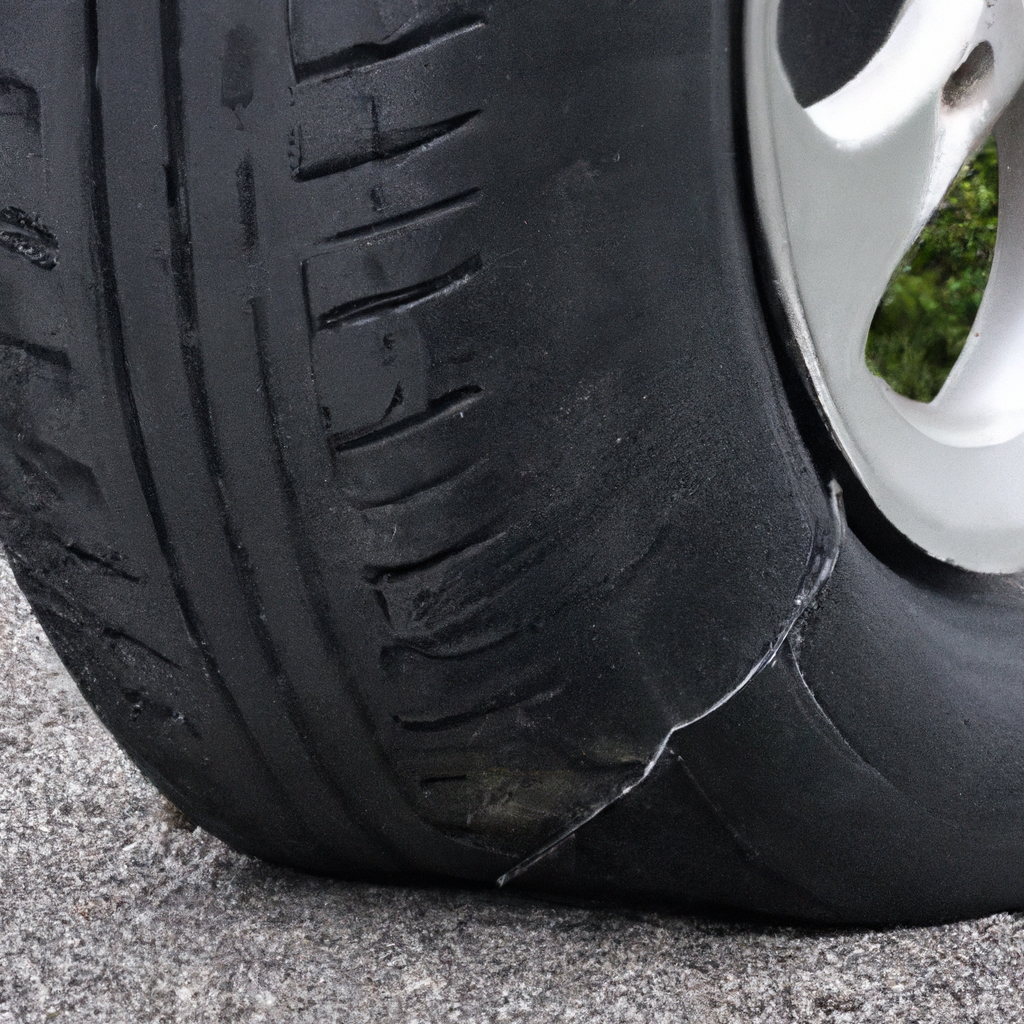
Alternatively, Replace the Tire
When repair is not recommended
There are cases when a run-flat tire should not be repaired, and replacement is the recommended course of action. Some situations where repair is not advised include:
-
Severe or extensive damage: When the damage is too large or widespread, repair may not be a viable option. In such cases, replacing the tire is the safest choice.
-
Sidewall damage: Run-flat tires with sidewall damage are often deemed irreparable due to the increased risk of structural weakness and potential failure.
-
Age or wear: If the tire is already significantly worn or nearing its recommended lifespan, replacing it instead of repairing it may be the more cost-effective and reliable solution.
Cost considerations
While repair can be a more affordable option initially, it is important to consider the overall cost and long-term implications. Repeated repairs or maintaining an older tire through multiple repairs can add up, making replacement a more cost-effective choice in the long run. Additionally, older tires may not be repairable, resulting in the need for a replacement regardless.
Choosing a suitable replacement
When considering replacing a run-flat tire, it is important to select a suitable replacement that meets the vehicle’s specifications and performance requirements. Consult the vehicle manufacturer’s guidelines or seek advice from a tire professional to ensure the new tire is compatible and provides the desired performance characteristics.
Conclusion
In conclusion, the importance of run-flat tires cannot be understated. They offer valuable advantages such as continued mobility and added safety, while also presenting some drawbacks such as higher costs and a potentially harsher ride. When faced with a flat run-flat tire, seeking professional assistance is crucial to properly evaluate the damage and determine the best course of action.
Efficient evaluation and inspection, taking into consideration factors such as extent of damage, tire construction, and manufacturer’s guidelines, will help determine if repair is possible. Repair procedures such as patching, plugging, sectional repair, or internal repair may be viable options, depending on the nature and severity of the damage.
It is important to be aware of the limitations and risks associated with repairing run-flat tires, considering factors such as tire age, compromised structural integrity, and safety concerns. Proper maintenance of repaired tires, monitoring their performance, and being prepared for emergencies are essential for safe driving.
While professional tire repair is recommended for optimal results and safety, the choice between professional repair and DIY should be made with careful consideration. Certified tire repair shops provide the necessary expertise and specialized equipment, minimizing the risks associated with improper repair. However, in some cases, replacement may be the safer and more cost-effective option.
Ultimately, the decision to repair or replace a run-flat tire depends on various factors and should be made in consultation with an expert. By understanding the importance of run-flat tires, evaluating damage accurately, and making informed decisions, you can ensure the safety and performance of your vehicle’s tires.
